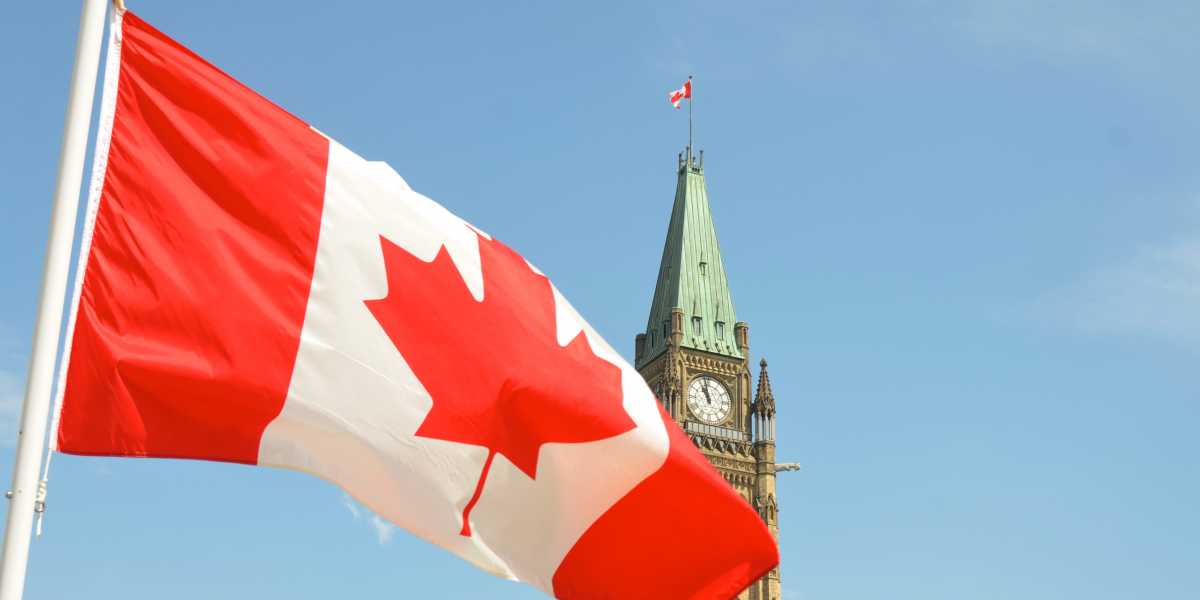
December 11, 2020
By Stewart Elgie, Professor of Law & Economics at uOttawa, Smart Prosperity Chair, and Jonas Goldman, Research Associate, Smart Prosperity Institute
1. Canada now has a plan to fully reach its Paris climate target (-30% by 2030), with the measures to get there. That is big. (The previous plan got 70% of the way there.) And the plan expects to exceed the target if provinces take additional action, and once all measures are implemented, as the modeling doesn’t count all reductions, such as those from new transit and innovation.
2. The carbon price will continue to go up after 2022, as will the rebates to Canadians. It will rise by $15/year (which amounts to about three cents/litre of gas) until 2030. This is good news. Carbon pricing is the lowest cost way to reduce emissions and spur innovation. Setting a 10-year carbon price trajectory will give businesses and households the certainty they need to make long-term investments to reduce their carbon footprint. And with 100% of revenues rebated, people who lower their carbon footprint will keep more money in their pocket.
3. Big investments ($15B) will be made to build a clean economy, as well as to support Canadians and businesses going low carbon. These investments include home/building energy efficiency retrofits, electric vehicle rebates, clean energy, transit, net-zero business investments, clean tech (like SDTC and agriculture), and biofuels.
4. Other key elements in the plan, include: tougher vehicle emission standards; a recommitment to low carbon building/retrofit codes; a Net Zero corporate tax cut (50%); tougher methane standards post-2030; low-carbon Agriculture funds and fertilizer CO2 targets (-30%); hydrogen funding and strategy (forthcoming); and an assessment of long-term infrastructure needs to reach Net Zero. Importantly, the plan states that economic stimulus spending will all go through a climate lens.
5. The plan does not include a mandate to sell more EVs (as BC and QC have), a Clean Fuel Standard for natural gas (just liquid fuels), actions to reduce rail or shipping emissions, or key tax incentives for clean tech (such as capital cost, investor credit, or CCUS). It also does not address several of the key recommendations from the Sustainable Finance Panel, such as support for the scale-up of clean tech firms (a key gap), or building sectoral clean competitiveness roadmaps, which is critical.
The bottom line is that Canada now has a plan to fully meet its Paris target. This is historic. We missed our two prior global targets because there was no plan. We’ve seen more climate action in the past four years, from the federal and some provincial governments, than in the prior 20. There is much more to do, but our country is now on a good path. The next step: implement!